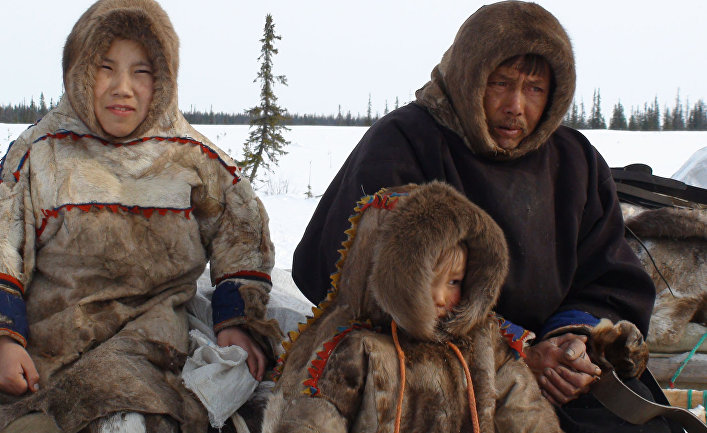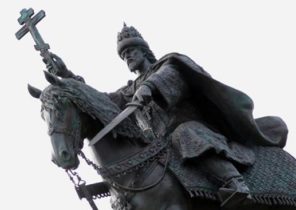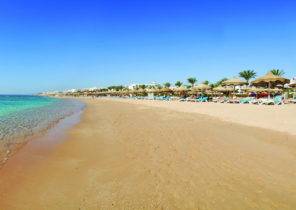
A nomadic people, the Nenets live with thousands of reindeer, in the summer, full of lice, and in winter 40 degrees below zero.
Gerner Thomsen (Gerner Thomsen) — a man is cool, he doesn’t give up. He stood a few hundred kilometers of travel over a flat, water-logged plain on the North of Siberia with 40 kilos of food and equipment for survival behind. All this in order to find the Nenets — a nomadic people at the very edge of the Arctic ocean.
In the fall of 2001, he was lucky. He met the family of Nenets on the Yamal Peninsula, in their language it means “end of the world”. This was the beginning of a real and long friendship, which has now led to the creation of beautiful and interesting books, which received the eloquent name “At the end of the world”.
Gerner Thomsen writes in great detail and vividly. Here’s an example: “Suddenly from the left flank we lost my grandfather, who passed by on the lungs, a small sledge, in which were harnessed three deer. He drove forward a large herd of deer. Was heard whistling sound when a set of hooves pounding on the wet ground, as if you passed by a large peloton”.
Writer, well versed in the subject
5 thousand Nenets live on the Yamal Peninsula in small groups scattered across an area the size of three of Denmark, but without roads. Reindeer graze on the sparse lichens, they give Nenets food and skins for their clothes, they’re pulling power for the sled that are used all year round in the ceaseless wanderings of the nomads in search of food for the deer.
Gerner Thomsen, a specialist in the field of forestry, IT and the writer in particular who wrote a guide to Russia. In recent years, he arrives on the Yamal Peninsula almost every year, and “At the end of the world” — a slice taken from different trips, so the reader can enjoy all the seasons.
Through the book is the longest ride in 2010. Family, with whom the author met during this trip, we occasionally meet in other stories, and thus learn more about the development of the Yamal Peninsula.
The book is richly illustrated with stunning photos. Large, shapeless anoraks, made from reindeer skin look chapped, stiff in the cold face. Gerner is not prone to romanticizing, his warm humor and self-ironic, so his descriptions of the small episodes of everyday life are striking in their honesty and credibility. “Raw liver — is actually not so bad. I then tried it many times, I know its slightly nutty flavor, which is a bit unusual, but not bad.”
A new and exciting look
The strong impression the visit to the families who live on the edge of the Arctic ocean, where the tundra is a perfect desert, endless, roadless and smooth ground. In the winter darkness Thomsen collected them on the shore of the ocean of logs, which then had to be cut and to carry on the sleigh to the camp. To stock up on fuel for the long winter, they had to gather up 80 of these logs.
That the writer strictly focuses on their experiences first hand, and the strength and the weakness of the book. The narrative is interrupted only small digressions that give a better understanding about something.
Yamal is one of the largest gas fields of Russia. Thanks to the Communists and natural gas, the nomads received state railroad, established a helicopter service, hospitals, boarding schools and a few small towns that have shops. Thomsen briefly notes that the majority of Nenets people “Gazprom” is good. Well, so be it.
We get the answer to the question why there are still state farms of the Communist era and the family, organized in labor brigades. Does the beginning of the end of the society nomads of the “new Russian” German with its huge private deer herd in 1.5 thousand heads, which the writer visited in the last Chapter of the book? Thomsen says that now on the Yamal Peninsula more deer than can withstand nature that the climate has changed, but then deepening.
The editing was careful, although the cord had pulled through the eye of a needle: Gerner sitting in a rubber boat, floating on the river, “both his hands are widely scattered and lie on the rails”.
Danish literature about the Arctic, most often tells the story about Greenland and the Inuit. “At the end of the world” gives us a glimpse of a completely different and fascinating culture of the Arctic. The book is a delightful and interesting story of friendship, a decade which marks raw liver, hot blood and vodka.







